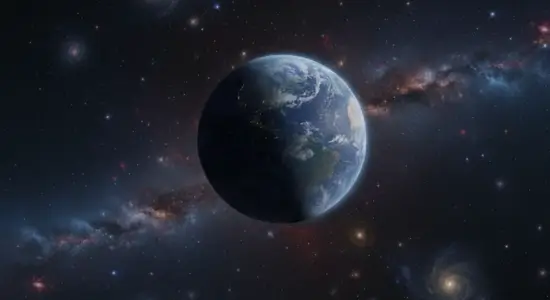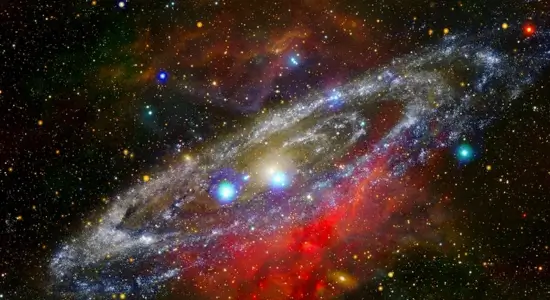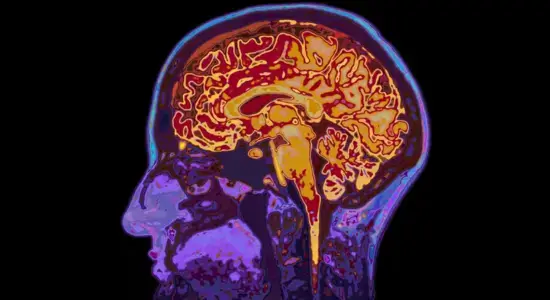 The Cosmic Horseshoe showcases a colossal structure hidden within another cosmic giant.
The Cosmic Horseshoe showcases a colossal structure hidden within another cosmic giant.
Image Credit: NASA/ESA/STScI
At Fact Fun, we love uncovering stories that stretch the limits of imagination—and the universe. This time, astronomers may have stumbled upon something truly colossal: what could be the most massive black hole ever found, tipping the cosmic scales at an estimated 363 billion times the mass of our Sun.
A Record-Breaking Cosmic Giant
The discovery comes from a galaxy cluster called Abell 1201, located roughly 2.7 billion light-years away. The black hole’s staggering size dwarfs anything previously confirmed, making even famous behemoths like the one at the center of M87 look small by comparison. For context, the supermassive black hole at the center of our Milky Way has a mass of around 4 million Suns—this one is nearly 90,000 times heavier.
How It Was Found
The find was made possible thanks to a phenomenon called gravitational lensing, where the black hole’s intense gravity bends and magnifies light from more distant galaxies behind it. By carefully analyzing distortions in the light and mapping the galaxy’s motion, astronomers were able to infer the mass of this hidden giant.
Lead researcher James Nightingale from Durham University noted that such a massive black hole challenges our understanding of how these cosmic monsters grow. Black holes of this size are thought to form over billions of years through repeated galaxy mergers and the relentless swallowing of matter—but 363 billion solar masses pushes these theories to their limits.
Why It Matters
If confirmed, this black hole would set a new record for mass, offering a rare glimpse into the extreme physics of the universe. It could also help explain the role such enormous objects play in shaping the galaxies around them. Supermassive black holes are not just destructive—they can regulate star formation, influence galactic evolution, and perhaps even affect the large-scale structure of the cosmos.
A Cosmic Puzzle
Not all scientists are ready to crown it the champion just yet. Black hole mass measurements can be tricky, and some researchers suggest alternative explanations for the data. However, even the most conservative estimates place it among the most massive black holes ever detected.
Did you know? The current largest confirmed black hole before this discovery sits in the galaxy Holm 15A, with an estimated mass of 40 billion Suns—meaning the Abell 1201 black hole could be over nine times larger.
The universe never runs out of surprises, and here at Fact Fun, we’ll keep tracking the mysteries hidden among the stars. Bookmark Fact Fun for more jaw-dropping astronomy discoveries, from monster black holes to the strange physics that rule the cosmos.
ref: iflscience , academic.oup






